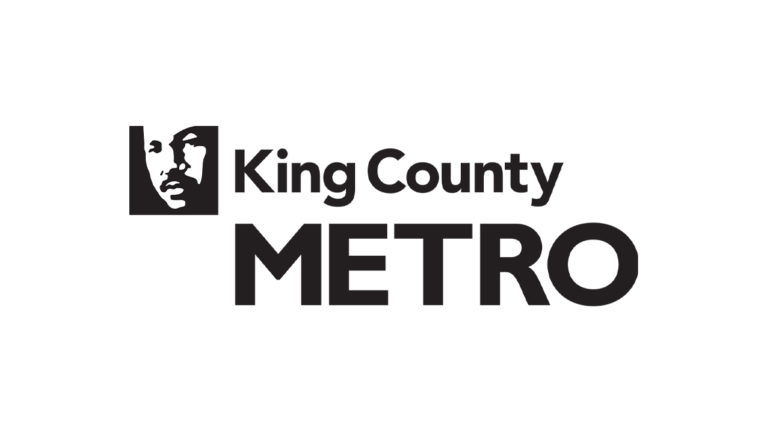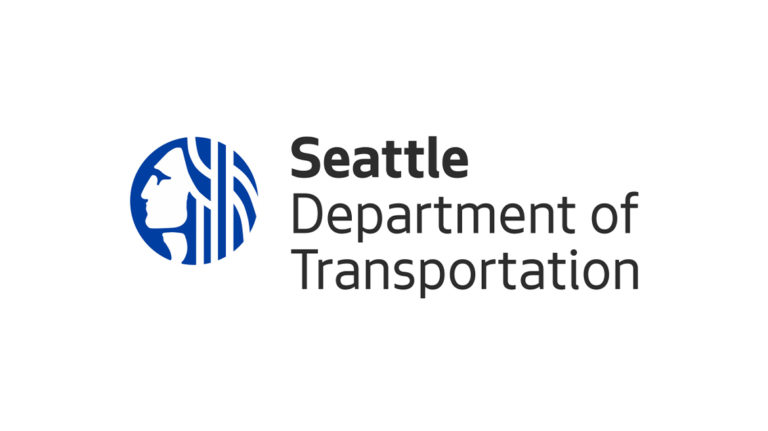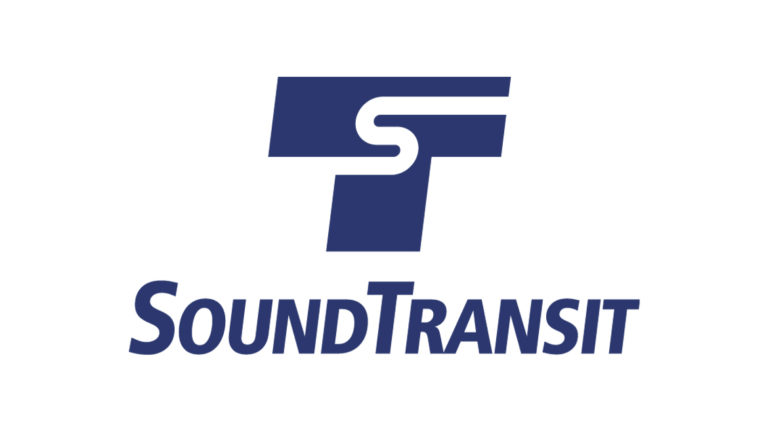
Issue
King County is exploring ways to encourage transit loyalty through the deployment of a rewards program, but it’s important to recognize and avoid barriers that might prevent vulnerable populations from accessing the benefits of such a program.
Spark
How can we implement a fair and equitable rewards program that motivates and supports vulnerable populations to use public transit? For this project, vulnerable populations specifically refers to people who are socioeconomically disadvantaged.
Overview
To gather feedback from these communities, a research team from the Human Centered Design & Engineering program conducted a usability study on low-fidelity mockups of a text messaging system, a tap machine, and an ORCA card kiosk. In the final design phase, targeted messaging material was generated to inform and advertise the program to users.
Innovation
To overcome the barrier of mobile phone access, the team recommended enabling users to access their rewards balance through an ORCA ticket machine. They developed a guide to convey the steps of using Orca+ as quickly and simply as possible into three steps:
- How to access the ORCA+ rewards program from the main kiosk screen
- What users can do with ORCA+ in the kiosk
- How users will activate/use their rewards after applying one to their card from the kiosk
These steps cover the primary functions of using the ticket machine to go from checking your rewards status to actually using a reward. This poster would ideally be displayed near these ticket machines so that users may refer to them as they navigate the system. The poster can also act as another form of advertisement as users who have not heard of the program may be prompted to learn more about it.
Materials
- View the kiosk information poster
Impact
Project stakeholders are referencing these recommendations as they explore the best way to equitably implement a transit rewards program across King County.
Team
This project is sponsored by the University of Washington Mobility Innovation Center in partnership with King County Metro, Sound Transit and the Seattle Department of Transportation. The research team drew four undergraduate students from the University of Washington in the Department of Human Centered Design and Engineering.
Academic Department
Faculty Leadership
Contributors
- Rose Guttman
- Khadijah Jordan
- Christina Smith
- Nicole Washington



